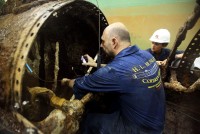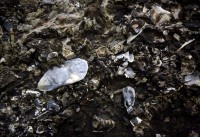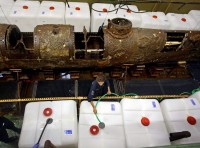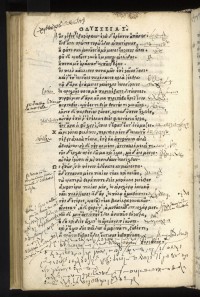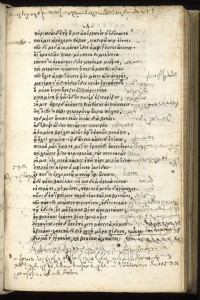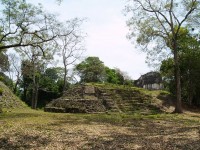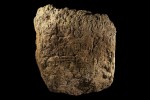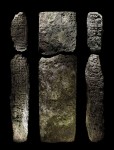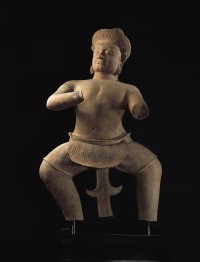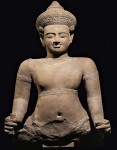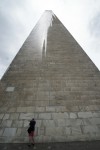 The Washington Monument reopens to the public Monday after nearly three years of work repairing damage wrought when an earthquake struck the capital on August 23, 2011. Several historic structures were harmed by the quake, but after initial repairs the National Cathedral and the Smithsonian Castle could remain open. The Washington Monument was not so lucky.
The Washington Monument reopens to the public Monday after nearly three years of work repairing damage wrought when an earthquake struck the capital on August 23, 2011. Several historic structures were harmed by the quake, but after initial repairs the National Cathedral and the Smithsonian Castle could remain open. The Washington Monument was not so lucky.
It’s a hollow obelisk 555 feet high made out of three different kinds of marble and 36,000 stone blocks. When the earthquake struck, it whipsawed the obelisk, showering debris on the tourists climbing its vertiginous heights. Thankfully nobody was injured, but the monument  was immediately closed for assessment. The National Park Service found one large crack four feet long and one inch wide, more than 150 other fractures and cracks, chipped and gashed stones, lost and loosened mortar, damage to the lightning protection system and elevator.
was immediately closed for assessment. The National Park Service found one large crack four feet long and one inch wide, more than 150 other fractures and cracks, chipped and gashed stones, lost and loosened mortar, damage to the lightning protection system and elevator.
The estimated budget for repairs was $15 million. Congress voted to fund the work to the tune of $7.5 million but only on condition that the National Park Service secure matching funds. Private equity billionaire and dedicated history nerd David Rubenstein stepped up to the plate and donated the necessary $7.5 million and the repair project began in earnest in early 2012.
It required 2.7 miles of new sealant between stones, and 53 stainless steel “saddle anchors” to bolt in place slabs on the monument’s slanted pyramidion in case of another earthquake.
The slabs had been held in place mainly by gravity, and engineers worried that the slabs could fall off, James M. Perry, the chief of resource management for the mall and memorial parks, said Saturday. […]
In addition to the earthquake damage, the monument, which was begun in 1848 and finished in 1884, had seen more than a century of rain, snow, sleet and wind. Up close, it was a patchwork of repairs going back decades.
Cracks needed to be filled. Loose hunks of marble had to be dug out and replaced with scores of individual patches called “dutchmen.” Joints had to be smoothed and cleaned. Most of the damage was near the top.
Officials have said 150 dutchman patches were used, so many that work crews ran out of spare marble they had on hand for repairs. But a company was found that had salvaged old marble steps from homes in Baltimore. And that marble had come from the same quarry as some of the monument marble.
 The repairs were complete on time and on budget. The Washington Monument will be officially reopened at 10 AM with a ceremony hosted by Al Roker and attended by Secretary of the Interior Sally Jewell, National Park Service Director Jonathan B. Jarvis, National Mall & Memorial Parks Superintendent Bob Vogel and of course David Rubenstein. Entertainment will be provided by American Idol Season 12 winner Candice Glover, the Old Guard Fife & Drum Corps, the United States Navy Band, and the Boy and Girl Choristers of Washington National Cathedral Choir.
The repairs were complete on time and on budget. The Washington Monument will be officially reopened at 10 AM with a ceremony hosted by Al Roker and attended by Secretary of the Interior Sally Jewell, National Park Service Director Jonathan B. Jarvis, National Mall & Memorial Parks Superintendent Bob Vogel and of course David Rubenstein. Entertainment will be provided by American Idol Season 12 winner Candice Glover, the Old Guard Fife & Drum Corps, the United States Navy Band, and the Boy and Girl Choristers of Washington National Cathedral Choir.
The event will be open to the public and tours of the monument will begin at 1:00 PM. Tickets are first come, first served, so if you want to be in the first wave of visitors to the repaired Washington Monument, you’ll want to line up early. The ticket office opens at 8:30 AM.
